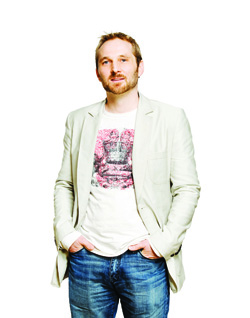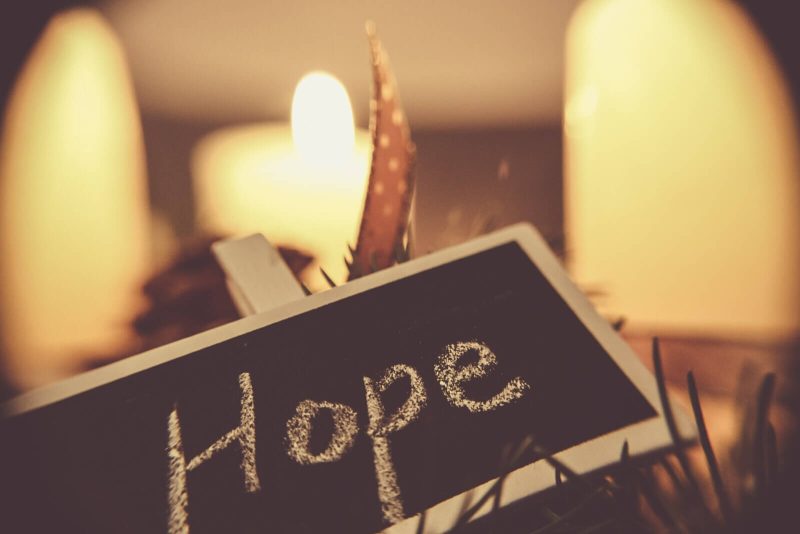 Hanging on the wall of my office are two very large posters that read:
Hanging on the wall of my office are two very large posters that read:
“Creative is a behaviour not a department”
I have two because I feel this message is worth repeating. Another similarly relent- less phrase is this: “lead with creative”.
We talk a lot about leading with creative in this industry but I think very few really under- stand the value of what it implies. Leading with creative DOES NOT mean the designers and creative directors get to call all the shots (as nice as that would be). We lead with creative because creativity at its core is about solving problems in a unique and effective way.
To do this well requires the support, contribution, and collaboration of every individual in the organisation. For example, if a great idea is over budget, there may be other solutions we can approach before asking the designers to saw off big chunks of the design. Sales might be able to do some creative accounting; or perhaps the production team can research some out-of-the-box solutions.
Whatever the realm of the project, there are sure to be ample opportunities for creative solutions that will benefit your team. To assist you in this, let me offer some basic principles of design thinking (another overused and perhaps misunderstood term). There are many different interpretations of design thinking with varying steps and phases, but I can compress the basic idea into four clear steps:
1. Define the problem
Steve Jobs once said “If you define the problem correctly, you almost have the solution.” Asking a lot of questions and studying the challenge up front will pay dividends throughout the process – the better you understand what the real issues are, the faster you will recognise what sorts of solutions and ideas can be applied.
2. Create and consider multiple options
Our typical response as humans is to apply solutions that we have used successfully in the past. We may say we value originality, but the truth is we crave reliability, patterns, and blueprints, which is why it’s very common for people to become less and less flexible as their experience level increases. Fight this impulse and explore at least three possible solutions even if you think your initial idea is the best. Creativity is about connecting the dots. So the more dots you have, the smoother your process of innovation will be.
3. Develop and refine
With the two most difficult parts of the process behind you, you can now breathe a little easier. However, keep working and reworking until your solution is as close to perfection as you can get.
4. Execute
It’s only natural that during the physical execution you will encounter unforeseen problems and possible oversights you may have made. Don't panic, and more importantly – don't get lazy. It’s critical to focus on maintaining the essential parts of the initial idea. Designers understand this intuitively, which is why they are often perceived as stubborn. But take it from me – a healthy amount of stubbornness is actually called INTEGRITY.
Like my posters suggest, many people think of creativity as the duty of the guys who come to work in slippers and a t-shirt walking around with pencils behind their ear. But the truth is that creativity is YOUR job…. because in fact, its everyone’s job.
Patrick Larsen is chief creative officer of Pico Singapore


